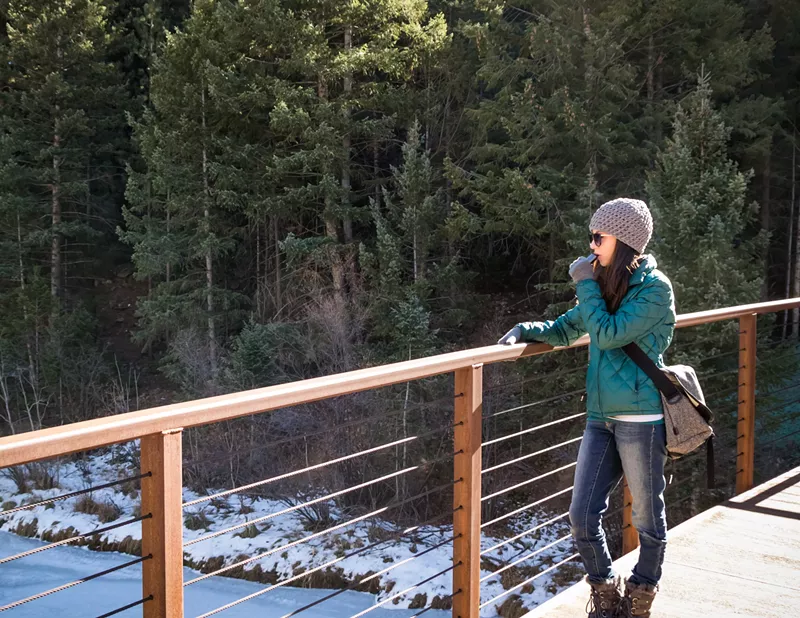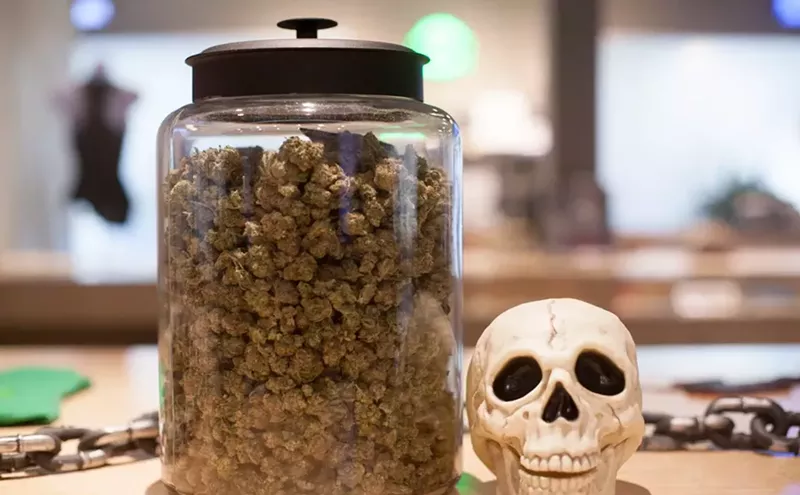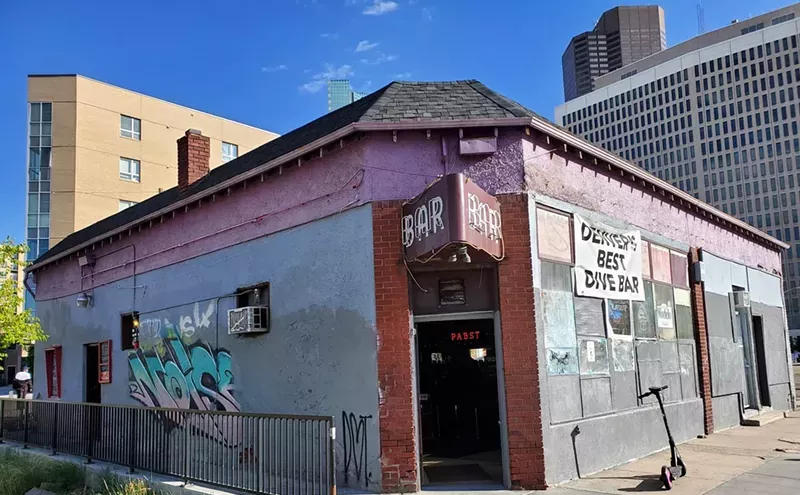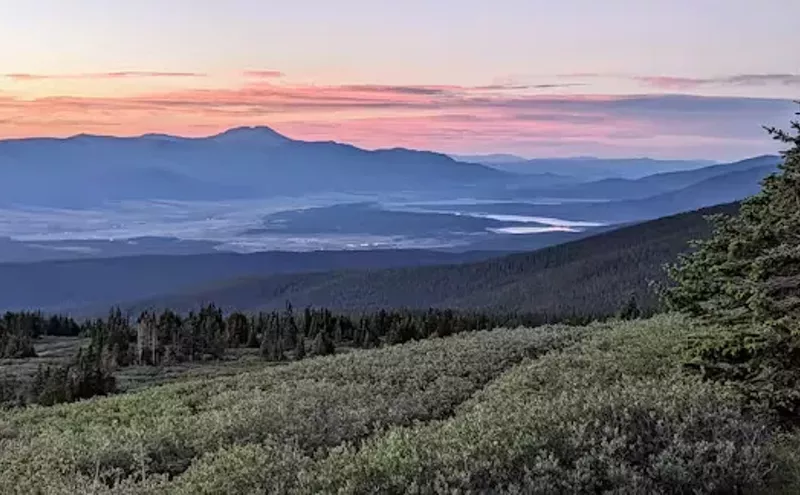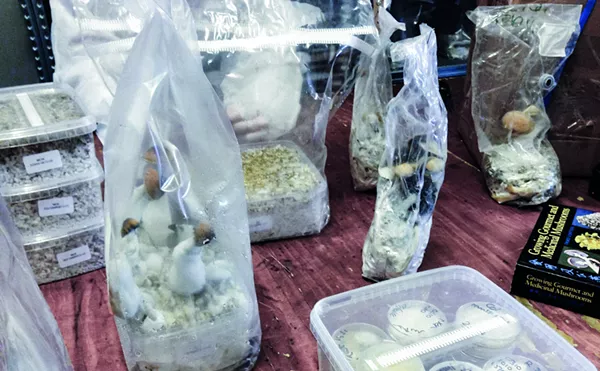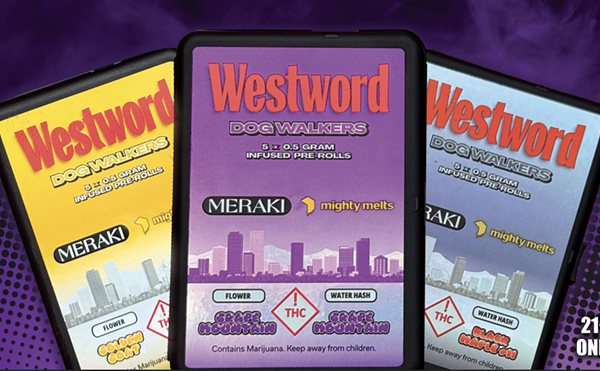Growing up in New York City, Jordana Wright was constantly taking in different views of the busy world around her. So upon graduating in 2006 from Muhlenberg College in Allentown, Pennsylvania, she ditched her theater degree, picked up a camera, and started her own photography business.
Following creative impulses often pushes Wright out of her comfort zone, empowering her to see the rest of the world through a lens as she experiments with cannabis. Wright settled in Belize in 2020, where she found daily inspiration outdoors and embarked on a new research-based project: assembling the perspectives of other creatives for her new book, Cannabis for Creatives. We recently talked with Wright about her discoveries, how she enhances her work through the plant, and her hope that more artists will do the same.
Following creative impulses often pushes Wright out of her comfort zone, empowering her to see the rest of the world through a lens as she experiments with cannabis. Wright settled in Belize in 2020, where she found daily inspiration outdoors and embarked on a new research-based project: assembling the perspectives of other creatives for her new book, Cannabis for Creatives. We recently talked with Wright about her discoveries, how she enhances her work through the plant, and her hope that more artists will do the same.
Westword: You’ve interviewed over thirty artists ranging from sculptors to musicians who have worked while under the influence of cannabis. What are some of your takeaways from these discussions?
Jordana Wright: Some of the things that kept emerging as patterns were the benefit of cannabis as far as silencing that inner critic. Something that a lot of creatives deal with is that self-doubt and concern about how you’re going to be perceived, how your art is going to be perceived, whether it is of value and if you’re headed in the right direction creatively. Cannabis really softens those hard-edged boundaries and makes it so that it’s a lot easier to be comfortable with what you’re doing and actually stay in the moment. I’d always had that feeling myself with my photography, but people told me that on their own, as well. Chefs and writers and musicians were all saying that it really silences your inner critic so that you can make the best possible art without stifling yourself with worry. So that was a major thing.
It also, I think, really helps with people’s focus. It’s easy to be very ADD these days and all over the place. There are a lot of distractions with our cell phones, computers and everything on the internet. I think cannabis is this really great focusing force for a lot of people, where they can get in the zone and then stay in the zone so that they can actually create.
It also, I think, really helps with people’s focus. It’s easy to be very ADD these days and all over the place. There are a lot of distractions with our cell phones, computers and everything on the internet. I think cannabis is this really great focusing force for a lot of people, where they can get in the zone and then stay in the zone so that they can actually create.
Your book includes a series of prompts geared toward artists looking to gain further inspiration of their own. Can you share any?
One of the things that I have always really enjoyed doing as an artist is keeping a journal as I travel, because a lot of my photography is travel photography. So when I’m on the road, I keep casual notes and little thoughts that I have so that I can remember the context for each of the photographs that I take. It really helps tell more of a story so that later on, when you’re going back and visiting these pictures and maybe editing them when it doesn't feel quite as romantic because you're sitting at your desk instead of somewhere in Spain, it helps you rekindle that energy that you had creatively. And so for artists who are trying to utilize cannabis in a creative way, I suggest a similar approach, which is, 'Track how you’re feeling when you smoke. Is it making you feel more introverted? More extroverted? Do you prefer to smoke? Do you prefer to eat it? What kind of dosages are having what effect?' Because if you just throw a bunch of variables at your process, you're not going to be able to re-create what works. My hope is that people can kind of synthesize this more productive state by analyzing what's working and what's not.
Do you believe that taking risks is a necessary part of the artistic process? And would you say that experimenting with cannabis is one of those risks worth taking?
Yeah! You know, I’m not going to say that anybody who is interested in experimenting on their own should go and do it because I told them to. But if it's something that you've been thinking about and you're kind of curious about it, or maybe it's something you used to do and you want to revisit it, it can really be a source of positivity creatively. I do think that pushing beyond your own comfort zone is a really important aspect of creativity and achieving things that make you feel creatively fulfilled. So if pushing yourself out of your comfort zone means smoking a joint before you pick up your paintbrush, I think that's a great part of the process.
There are some people who smoke and just shut down, so maybe it's not for you. Maybe you need to find a slightly different way of approaching it. Part of it, really, is the trial-and-error aspect. That's something that I talk about frequently in the book — that no two people are the same. Our body chemistries are completely different, and it’s important to find what works for you, because what works for me isn't necessarily going to be best for your process.
There are some people who smoke and just shut down, so maybe it's not for you. Maybe you need to find a slightly different way of approaching it. Part of it, really, is the trial-and-error aspect. That's something that I talk about frequently in the book — that no two people are the same. Our body chemistries are completely different, and it’s important to find what works for you, because what works for me isn't necessarily going to be best for your process.
You touch on the neuroscience of cannabis use and how “science measures creativity.” Are there any particular strains that influence the artistic process differently?
The jury is kind of out on that and, unfortunately, there's not a ton of direct research pertaining to specific strains and terpenes or THC content or anything like that targeting creativity. For the most part, the science is about divergent thinking and convergent thinking, which kind of relate to creativity but don't necessarily describe it in as much nuance as we want to get an accurate picture. Part of what I’m trying to achieve with this book is helping to normalize the concept of artists utilizing pot so that we can hopefully start to access more creative-directed studies. Because we know what it does medically, but we don't know as much beyond these anecdotal things that I approach. We don't know as much about what it's doing creatively in a scientific sense. So that's a place where the science really needs to expand.
How do you use cannabis to aid your own work? Have any of your projects particularly benefited from this?
A lot of them have, because I think we all have that self-doubt, and it has really aided me in the past to get out of my own head and just do the work and see where it takes me. One of the great joys of being a creative person is not only the product at the end, but the process of getting there. I think if you’re not second-guessing yourself every step of the way and you’re not overanalyzing every single thing you're doing, you’re enjoying the process a lot more. So it's definitely something I like to visit.
It’s not for every kind of creation: When I write, I find that I’m a little all over the place and I need a lot more editing if I've smoked. But for photography and photo editing, it's wonderful. It really makes you focus on the image. I feel more connected with nature when I’m doing nature photography, and I just feel this sense of a muse that comes out of the world around me and helps me see things that I might not see otherwise.”
It’s not for every kind of creation: When I write, I find that I’m a little all over the place and I need a lot more editing if I've smoked. But for photography and photo editing, it's wonderful. It really makes you focus on the image. I feel more connected with nature when I’m doing nature photography, and I just feel this sense of a muse that comes out of the world around me and helps me see things that I might not see otherwise.”
Your travels seem to have contributed to your craft, as well. Where have you found the most inspiration over the years?
It’s so hard to say. Growing up in New York City, I feel a connection to urban environments, but I think my heart is really in nature. I actually live in Belize now, so I chose for myself this very nature-filled atmosphere. I’m in the jungle, and, photographically, it really inspires me to notice all the little details — things that are beyond what I grew up seeing every day. So I definitely feel a connection to tropical locations. I've been to a lot of Central America and the Caribbean, and I've always found a lot of inspiration in those places — although I do love Europe. It's hard not to love Europe for all of the classic architecture and everything.
What advice would you give to an artist looking to take full advantage of the plant in regard to their creative output?
I think to try to be targeted with it, to some extent. In the same way you’re not going to say, ‘I’m a smoker now,’ you’re not going to go and spend $10,000 for a new pottery wheel and kiln and all of that stuff to start doing a new art form that you have no experience with. I don’t want you to go to the dispensary and be like, ‘I’m a pothead now,’ and pick out a new dab rig and a bunch of stuff that you’ve never encountered before. Slow and steady, for sure. Start off small and really try to pay attention to what you’re feeling each step of the way. Understand that if something doesn't feel like it's for you, then try something different. There's no need to force it. There's no need to feel like it's the solution for all creativity. It's there to help you. It's not going to make you creative. It’s going to bring out what's already there.

